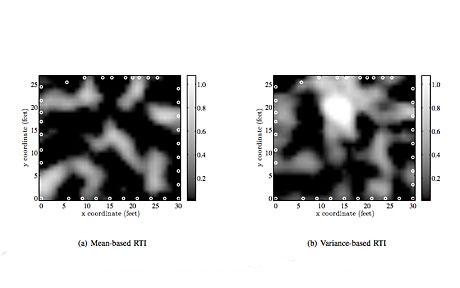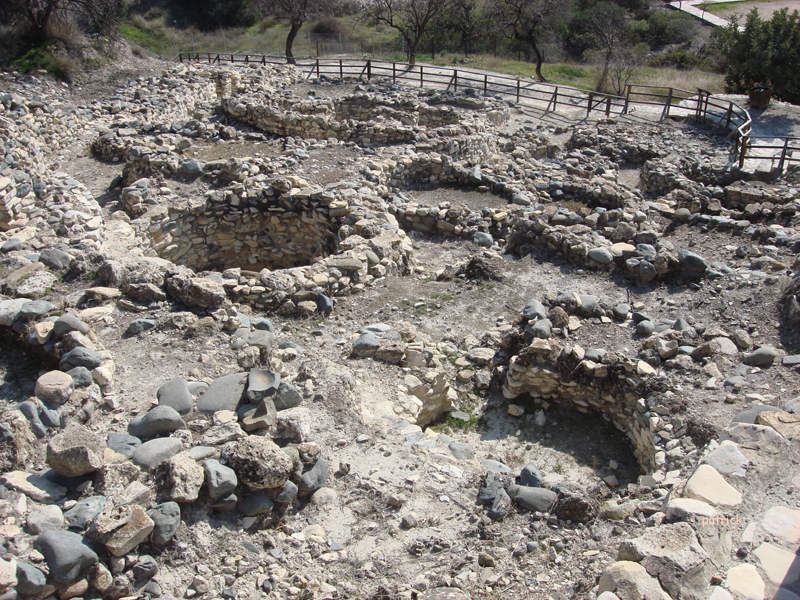
Now, researchers from MIT and their collaborators have found that at least some forms of microscopic marine life - the so called "primary producers," or photosynthetic organisms such as algae and cyanobacteria in the ocean - recovered within about a century after the mass extinction. Previous research had indicated the process might have taken millions of years.
It has taken so long to uncover the quick recovery because previous studies looked mostly at fossils in the layers of sediment from that period, and apparently the initial recovery was dominated by tiny, soft-bodied organisms such as cyanobacteria, which do not have shells or other hard body parts that leave fossil traces. The new research looked instead for "chemical fossils" - traces of organic molecules (compounds composed of mostly carbon and hydrogen) that can reveal the presence of specific types of organisms, even though all other parts of the organisms themselves are long gone.








